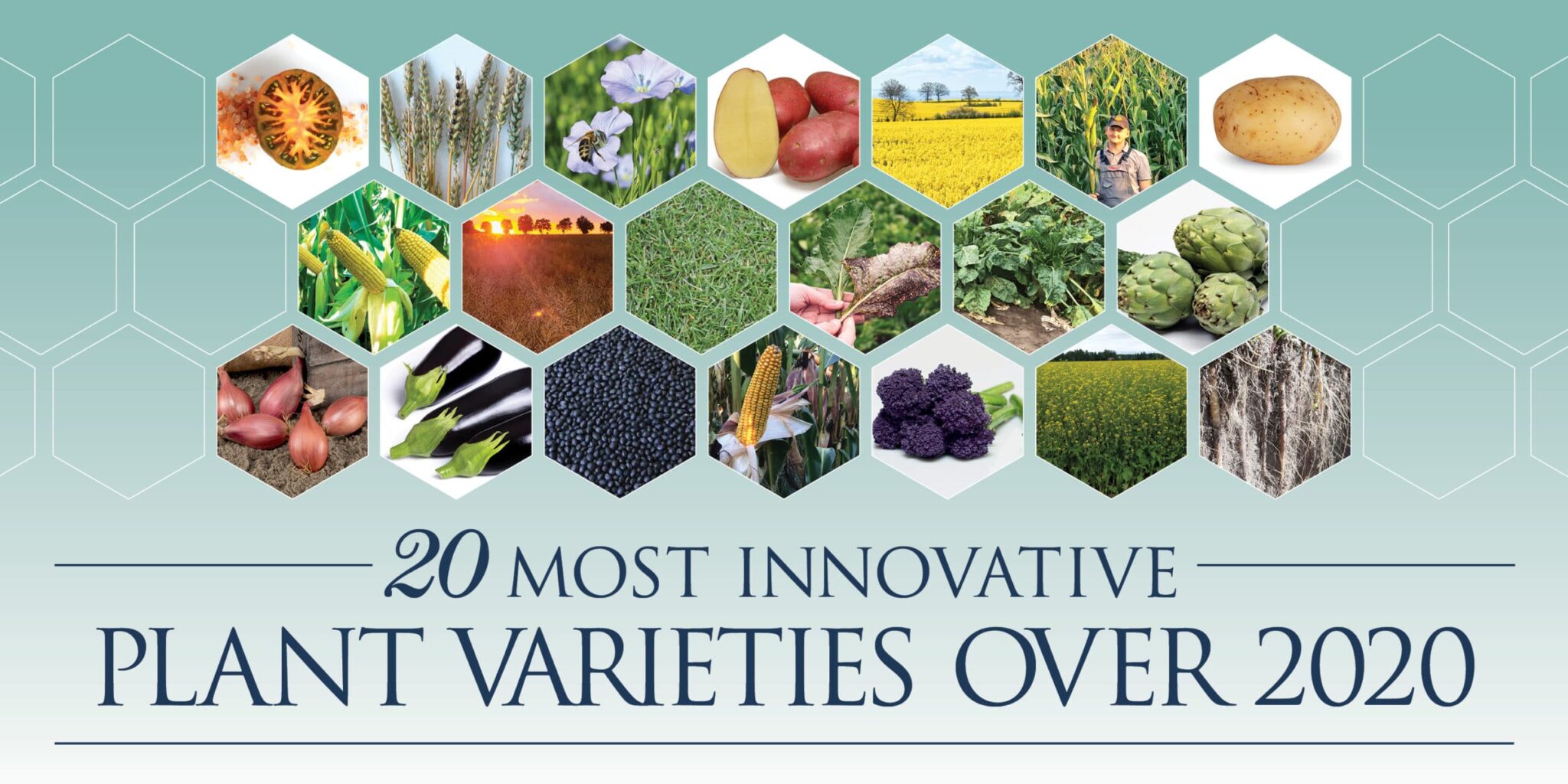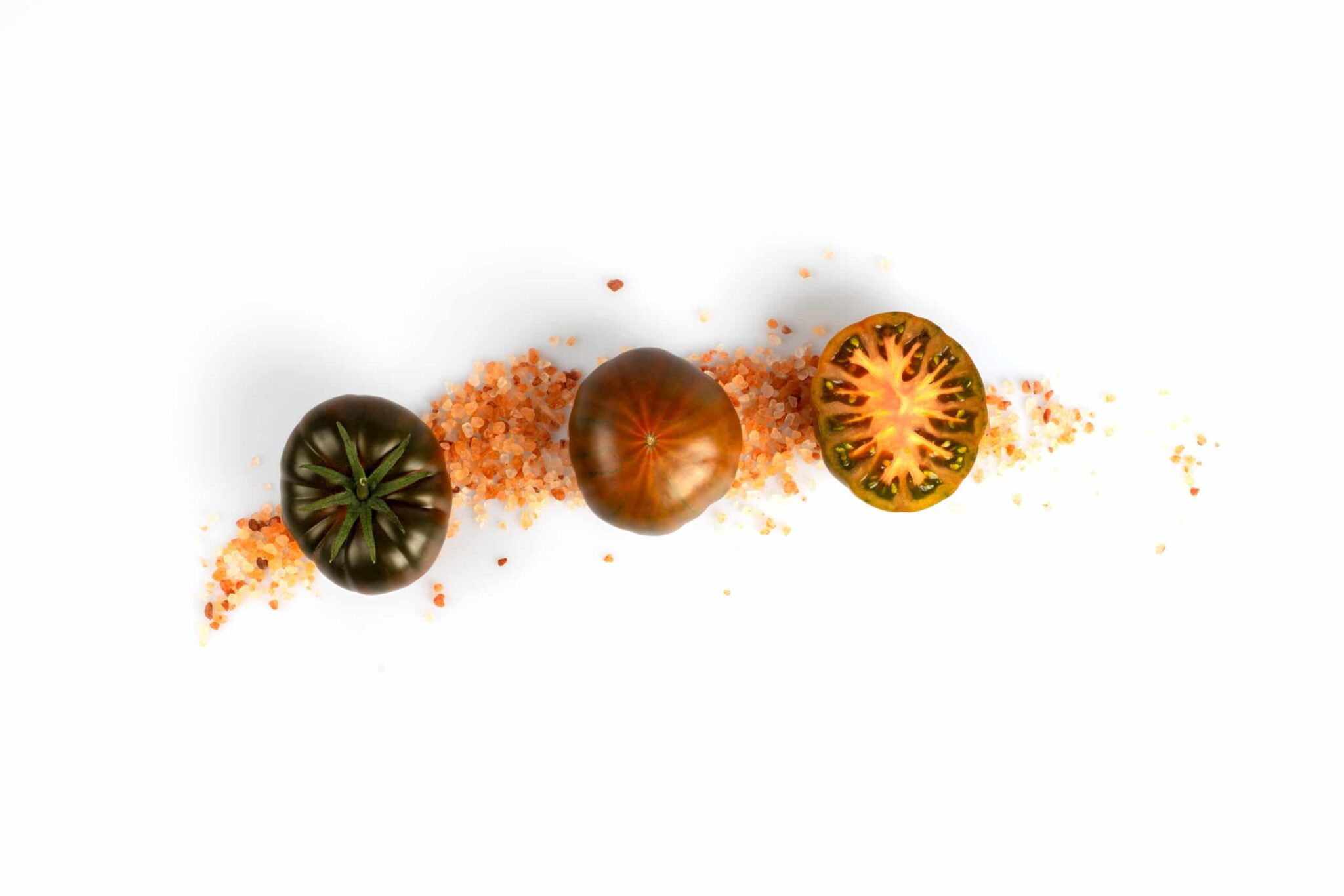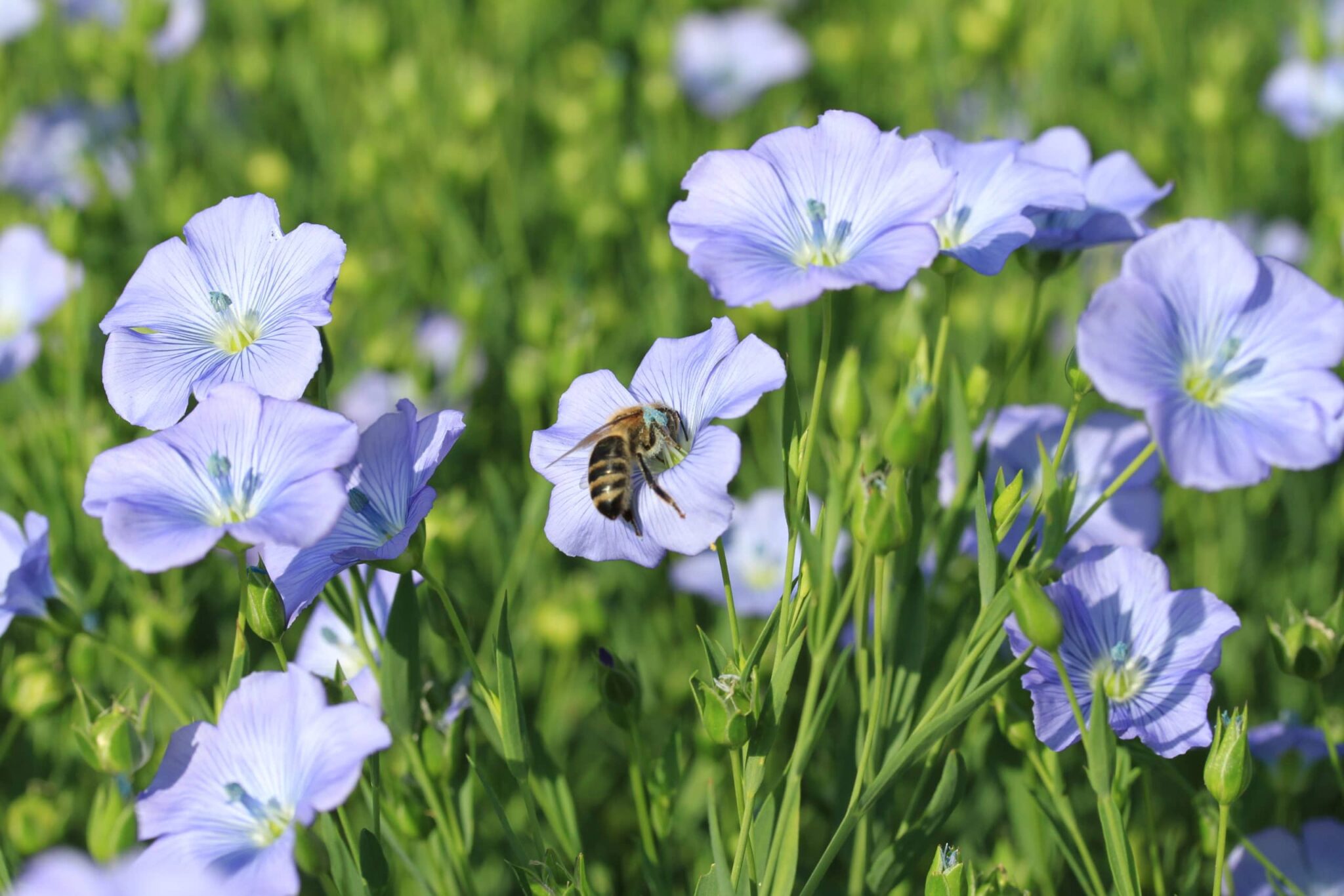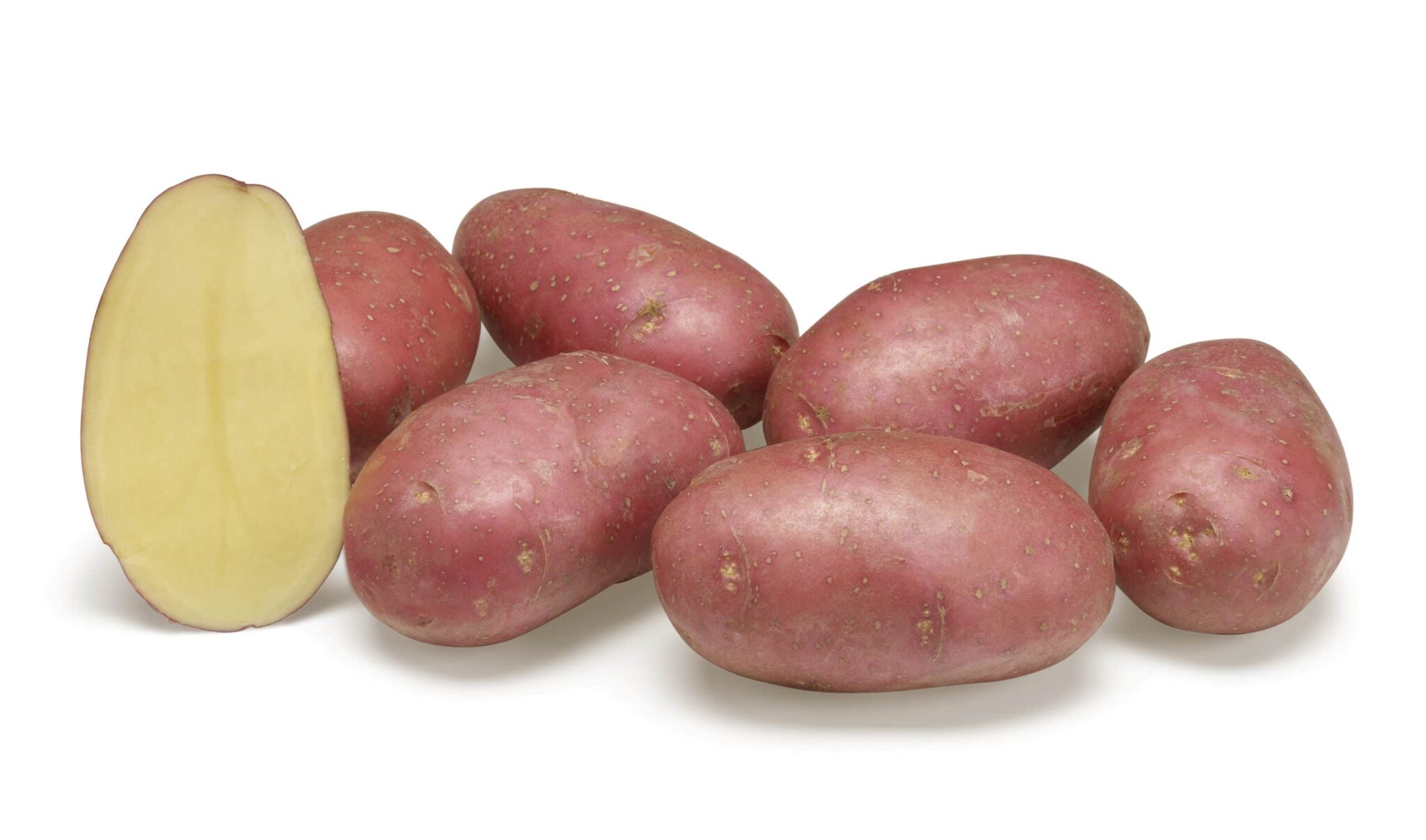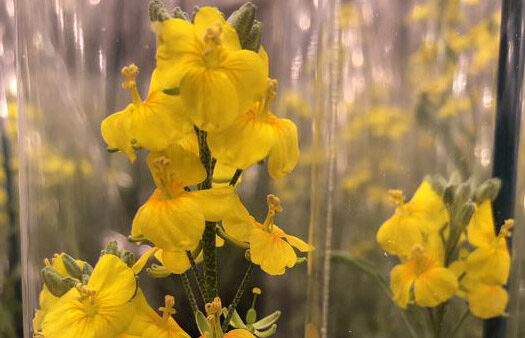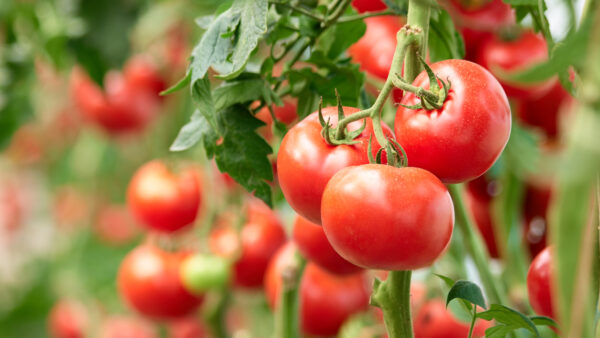Dear readers of European Seed,
Let’s face it, not many people can make reliable predictions about the future. But do you know who has to make such predictions due to their jobs? Plant breeders! They need to predict what consumers want, 15 years ahead of time.
Creating a new plant variety takes seven to 15 years, and in certain crops even longer than that. So, when they start to develop a new variety, the plant breeder has to make assumptions about what farmers need, and what consumers will want 15 to 20 years from now.
And if only they could look into a crystal ball and predict what the consumers’ tastes and preferences will be by that time. Unfortunately the process is a whole lot more arduous than that. It requires generating more genetic diversity, a lot of crossing and selection, testing of the offspring, data processing, and yes, a bit of luck.
It is not only a higher yield or a better taste that the breeder is after. The new variety will need to boast a myriad of improved characteristics to make it stand out amongst all the others. Depending on the crop and the location, the new variety needs to have a higher resistance against pests and diseases, better drought tolerance, more proteins, higher levels of beneficial compounds such as vitamins or antioxidants, or just make it easier for the farmer to harvest the crops. And these are just a few of the breeding goals that plant breeders work on.
In addition, the assumed consumer preferences can vary quite a bit, due to changes in income, market supply of food products, information, and technology. And these changes all happen within a time scale that is far shorter that the creation time of a new variety. So, a constant adjustment of breeding objectives during the course of a breeding program is necessary.
Lucky for us, each year we are treated to many new plant varieties, in all kinds of crops. And the amount is just astounding! The annual number of new varieties arriving on our European plates over the past few years has been hovering around 3,500 new plant varieties. That is almost 10 new plant varieties per day that are added to the toolbox of farmers to grow and on the plates for consumers to enjoy.
At European Seed, we wanted to shine some light on all these new plant varieties and give you a taste of the innovations that are out there. But of course, we can’t show all 3,500 new varieties of 2020 here, so we asked the national seed associations in Europe, and many other peers in the European seed sector to send us their lists of which varieties in their eyes were the most innovative of last year.
Check out other ’20 Most’ Winners:
- 20 Most Innovative Breeders in the European Seed Sector in 2019: https://european-seed.com/2020/04/20-most-innovative-breeders-in-the-european-seed-sector-in-2019/
- 20 Most Influential People in the European Seed Sector in 2018: https://european-seed.com/2019/04/20-most-influential-people-in-the-european-seed-sector-in-2018/
- 20 Highly Influential Seeds-people in Europe in 2017: https://european-seed.com/2018/02/20-highly-influential-seeds-people-europe-2017/
You will find a few lines of text per innovative plant variety, explaining in a nutshell why this variety is so innovative, and what its contribution is to the farmers toolbox or the consumers plate. Take a good look at the list on the next few pages, and you’ll notice the wide range of different challenges that these plant breeders have managed to overcome such as or drought or heat decreasing yield or viruses, fungi or nematodes attacking the crop. But you’ll also read about the new innovations these varieties are bringing to EU agriculture e.g., higher levels of antioxidants, higher yield, or better digestibility for cows.
With 3,500 new varieties per year, we can only show you the tip of the iceberg, and many other new plant varieties should be recognized for their innovation. Needless to say, that there will always be plant varieties who you think should have been on the list, and perhaps question why others did actually make it on there. We very much welcome and look forward to any feedback you wish to share. You have standing invitation to share your feedback as to which varieties you think should have been on the list, and why.
And the next time you enjoy a healthy meal, not only thank the farmers, but also thank the plant breeders.
We hope you enjoy the list and look forward to your feedback.
Marcel Bruins
Adora — Tomato
HM Clause
‘Adora’ is a truly unique tomato variety with an abundance of sweetness and flavour thanks to more than seven degrees of Brix (a measure for sugar content). With an authentic Marmande shape and delightfully unique brown colour, Adora is also naturally rich in antioxidants, such as lycopene, beta-carotene and tocopherol, that have a protective effect against major chronic diseases (cancer, cardiovascular disease, diabetes). This variety is also a source of vitamins and minerals, with consuming one Adora tomato covering a quarter of the daily intake of vitamins A and C. Its high potassium content also helps to reduce high blood pressure. The growers in traditional Spanish production regions use their passion and know-how to deliver top-quality Adora fruits. Only those tomatoes meeting specific production requirements are worthy of bearing the “Adora” label. Customers can always trust the label and be delighted by the taste and colour of this truly inimitable tomato.
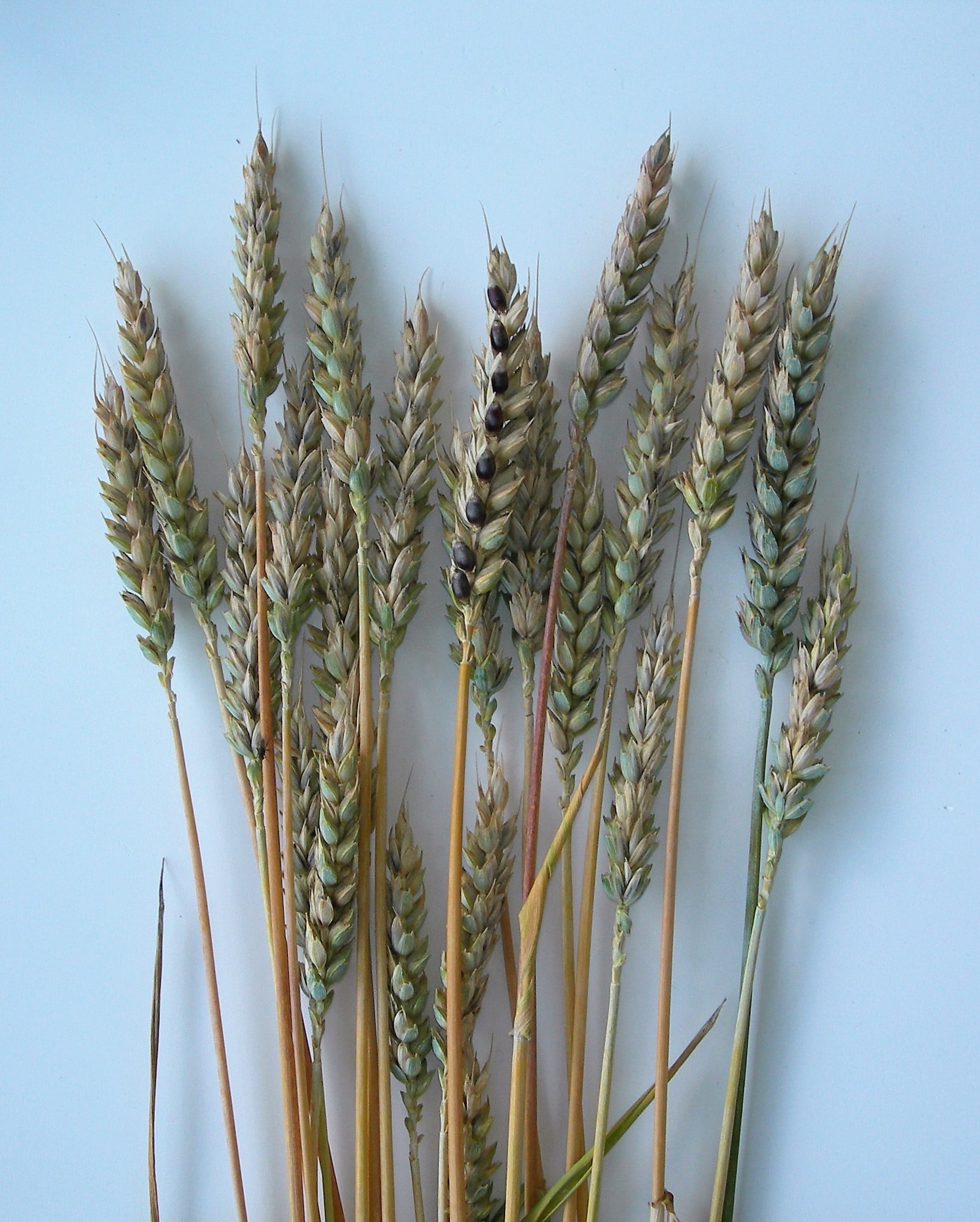
Agrotest Fyto Ltd
Winter wheat variety ‘AF Zora’ is characterized by a black colouration of the grain, which results from a combination of genes for purple pericarp (Pp genes) and blue aleurone (Ba2 gene). The black grain has an extremely high content of anthocyanins, almost twice as high compared to blue and purple grain varieties. It also has an increased content of phenolic acids and total antioxidant capacity. Wheat with a high anthocyanin content is attractive for food processing industries. High-value pigments present in the bran layer can easily be extracted and utilized as functional foods and natural colourants and can replace synthetic dyes currently used in food, drug and cosmetics. Additionally, natural additives improve the nutritional value, appearance, texture, flavour, and storage properties of food products. The AF Zora variety is intended for the production of standard and special foods with nutritional benefits.
Agram — Linseed
Agritec Plant Research
‘Agram’ is a middle maturing brown seeded variety of linseed with blue colour flower, lower to medium stem length, good resistance to lodging and high root and stem base resistance to diseases. The seed yield is high with a medium iodine number of 165. The content of unsaturated fatty acids was changed through mutation breeding. The alpha linolenic acid content reaches up to 30 %, linoleic acid up to 40 %, the content of cyanogenic glycosides is very low, and the content of lignans (Secoisolariciresinol) is very high. This favourable combination of fatty acids and high content of the lignans predisposes the seed for a high-quality oil that is usable in the food industry. For these unique qualities, the variety is recommended to produce seed for edible oil production, healthy nutrition and bakery industry for baking, blending in dough etc.
Agrico
‘Alouette’ is one of the gems in the company’s recent release of ‘Next Generation’ potatoes. The variety has a bright and strong red skin, and its long oval tubers have yellow flesh. It offers consumers a delicious texture and flavour when used in a range of potato dishes. For growers, Alouette is a strong and high-yielding variety under various agro-ecological conditions. The ‘Next Generation’ is a range of varieties that is unique because of their natural resistance to late blight, which is the most destructive of all potato diseases. Combined with their exceptional culinary qualities, these varieties hold great promise for both conventional and organic farming. Since Next Generation potatoes entail a significantly lower risk of crop failure, these varieties add to the options available for sustainable and healthy food production.
‘Architect’ has quickly become the #1 winter oilseed rape (WOSR) variety in Europe. It was the first hybrid variety in the market to offer resistance to Turnip Yellows Virus (TuYV), combined with high yield and pod shatter resistance. Within two years of its launch, ‘Architect’ became the first variety in Europe with more than 300,000 ha grown (i.e., 6% market share of the hybrid WOSR market). It has been cultivated in more than 20 countries across Europe achieving a first or second position in France, Czech Republic, Slovakia, Poland, Bulgaria, and Hungary. Its success is mainly due to the TuYV resistance, a disease transmitted by the peach-potato aphid (Myzus persicae) for which options for chemical control are limited. It is the result of more than 20 years of Limagrain research effort.
Read about innovative varieties 16-20 here


